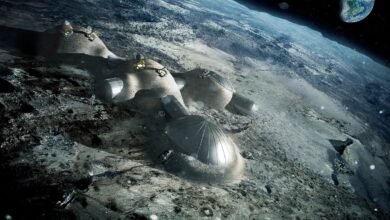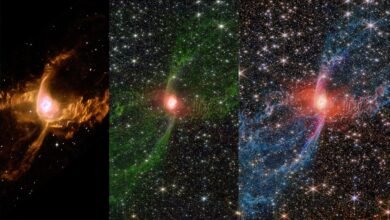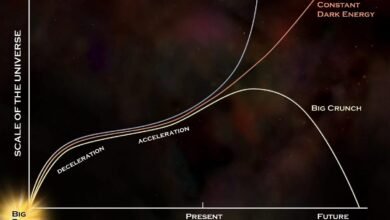Devouring “the Kraken” led to the modern Milky Way | by Ethan Siegel | Starts With A Bang! | Jan, 2025

Did the Milky Way form by slowly accreting matter or by devouring its neighboring galaxies? At last, we’re uncovering our own history.
When it comes to any aspect of the Universe, there are two questions we always attempt to answer: “What is it like today?” and “how did it become the way it is?” From atoms to planets to stars to galaxies, we seek to both understand what things are like today and to gain an understanding of how they evolved from their precursor ingredients into their present state. It’s tremendously difficult. However, in astronomy, we cannot perform experiments at will: We only have the Universe as it exists today — a momentary snapshot of the cosmos — to observe. At this moment, all that remain are the survivors of a cosmically violent past.
But just as a good detective can use the scant evidence that exists to reconstruct what occurred at a crime scene, astronomers can use the various pieces of evidence that remain in the Universe, along with the known laws of physics that govern all objects, to reconstruct as much of our cosmic history as possible. Our Milky Way galaxy, most assuredly, wasn’t always the way it is today: large, massive, and filled with hundreds of billions of stars. Instead, we grew up via a combination of…
Source link




